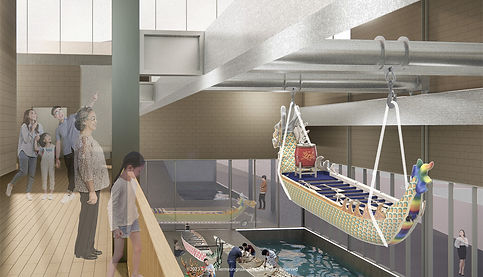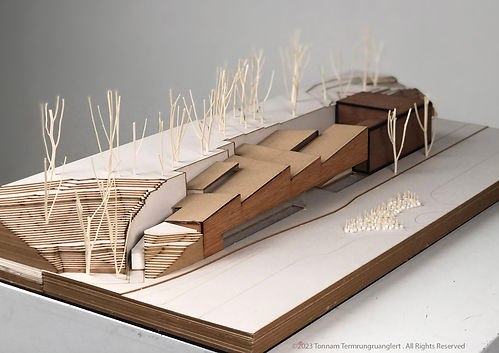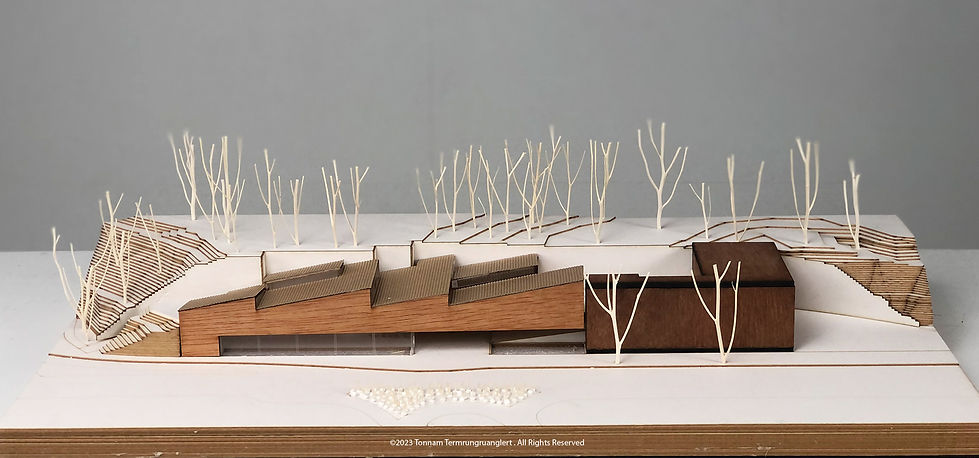

Tanka Dragon Boat Workshop

Tai O Fisherman Village
Part 1
Background of Tanka People
In the bustling city of Hong Kong, there lived a unique group of people known as the Tanka. The migration of Tanka people from Sichuan to the coastal areas of southern China, including Hong Kong, dates back to ancient times and was mainly driven by a variety of economic factors. The Coastal areas of southern China offered abundant fish stocks and other marine resources, provided opportunities for agriculture, trade, and other economic activities. Tanka were boat-dwelling fishermen, also known as “boat people” or “sea gypsies,” who had lived on boats for generations. Their way of life was deeply connected to the sea, as they earned their livelihood by fishing and selling their catch. However, they were considered to be a marginalized and stigmatized community due to their distinct way of life
As time progressed, the Tanka community faced dwindling fish resources and decreasing incomes. Consequently, they gradually shifted from a nomadic boat-dwelling existence to settling on land near coastal areas, such as the Tai O on Lantau Island in west Hong Kong. Tai O is a significant home for the Tanka community, which relies on water-based activities like fishing and salt production. In the past, Tai O was a bustling town and a major trading hub during the Qing dynasty when Guangzhou opened its doors to foreign trade. Economic activities thrived until the late 1940s.

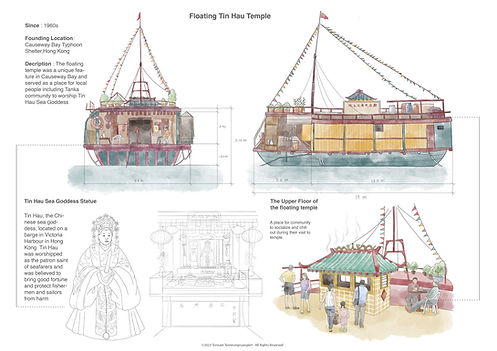
Due to the historical stigmatization of the Tanka people, they could only construct houses on stilts, enabling them to live above the water and separate themselves from the Chinese communities residing on land. This transition towards stilt houses took the Tanka community over a century to achieve. The stilt houses of Tai O bear witness to this gradual transformation.
Boats played an essential role in the Tanka people’s lives. The boats served not only as a means of transportation but also as their homes, livelihoods, heritage, and religious places. Some boats were transformed into temples situated in the heart of their floating communities.
Among the temples I discovered during my research is the Floating Tin Hau Temple in Causeway Bay Typhoon Shelter. Constructed in the 1960s, this temple was dedicated to the Tin Hau Sea Goddess, believed to bring good fortune and protect fishermen and sailors from harm. However, due to its aging structure, the floating temple was relocated from the bay in 2020 to be preserved on land.
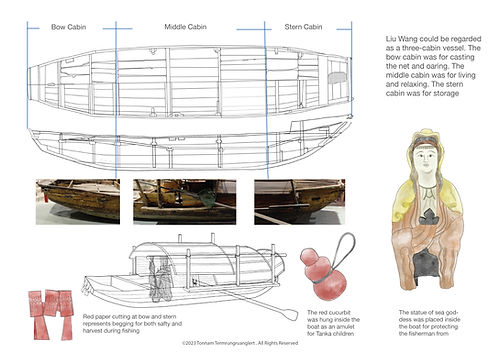

The Tanka community, renowned for their fishing expertise, possesses exceptional skills in boat building. The construction of their fishing boat, known as Liu Wang, involves several distinct steps. Firstly, three bottom planks are carefully assembled, providing the foundation for the vessel. Next, bulkheads are installed to serve as partitions within Liu Wang’s interior space. To ensure waterproofing, two side planks are connected to the structure using nails, and a mixture of tung oil and fibers is applied to the seams. The construction process continues with the creation of the roof, crafted from affordable plant materials like straw and bamboo leaves. These materials are arranged in a stepped order, allowing for easy sliding back and forth. A wooden beam is commonly used by fishermen to hang their fishing nets, while a side beam serves as a support for the paddle. Additionally, a hole is incorporated at the boat’s bottom to facilitate the insertion of the paddle.
Liu Wang can be considered a three-cabin vessel, each serving a specific purpose. The bow cabin is dedicated to casting nets and rowing, the middle cabin functions as a living and relaxation space, and the stern cabin serves as storage. Symbolic elements adorn the boat, such as red paper cuttings at the bow and stern, representing prayers for safety and a fruitful harvest during fishing. Inside the boat, a red cucurbit is hung as a protective charm for Tanka children, while a statue of the sea goddess is placed to safeguard the fishermen from harm.


Part 2
Design Proposal
Relocation plan of the existing pumping station to Cotton Tree Drive in 2014
Admiralty, Hong Kong Island 1900s
In the past, the Tanka people of Hong Kong lived on boats and made their livelihood through fishing and boat building. However, as fish resources declined and incomes decreased, the Tanka community faced socio-economic challenges and the effects of urbanization. Consequently, they began transitioning from boat living to settling near the coastal areas. The shift from boat living to land living of the boat people is not only happening in Hong Kong, but also across Southeast Asia. It is the issue that forms the foundation of my project: preserving the cultural heritage of these boat peoples without putting them in a museum.
While fishing and boat building were once the primary occupations of the Tanka people, their modern descendants have moved away from living on boats and fishing as their main source of income. Many have instead turned their focus to the construction of dragon boats. Dragon boat racing is a popular and long-standing tradition in Hong Kong, and the Tanka people have played a significant role in the dragon boat building industry due to their exceptional boat crafting skills. Therefore, I find the dragon boat workshop to be an intriguing aspect to highlight in my project.

Proposed plan of Cotton Tree Drive Fresh Water Pumping Station in 2014
For the project’s location, I have chosen the Admiralty district on Hong Kong Island. The district includes Cotton Tree Drive, a road that was once the Bowrington Canal connecting Victoria Harbour to the Victoria Barracks, the British army camp during the colonial period .This canal served as a link between the Tanka community and the British Army, as the Tanka people provided water taxi services, ferrying British passengers across Victoria Harbour, while the British Army aided them in dealing with Chinese merchants.
Today, the Victoria Barracks has been transformed into Hong Kong Park, and there are plans to relocate the existing pumping station to a slope within the park. Additionally, a pipe runs beneath Cotton Tree Drive, and placing the pumping station there would improve water flow through the underground pipe. However, the proposed plan was met with public opposition due to its potential impact on the historical structure of the Victoria Barracks’ wall, resulting in the suspension of the construction plan.
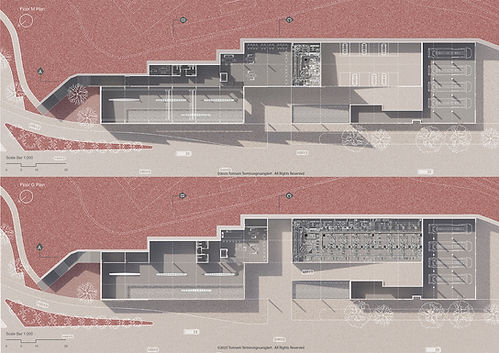
Therefore, I have chosen Hong Kong Park as the site for my project, located adjacent to the existing fire station. The aim is to integrate all these connections by combining three buildings—the dragon boat workshop, pumping station, and fire station—as they are all linked to water, without negatively affecting the historical structure.
The project proposal entails a two-story building with a main entrance at the mezzanine level. Visitors are welcomed into a gallery that tells the story of the Tanka people, followed by the Tanka community recreational space, designed for their startup activities and events. On the ground floor, there is a spacious area dedicated to the dragon boat workshop, equipped with a boat lifting crane and dry dock to facilitate the boat building process. Adjacent to the workshop, there is a cafe where visitors can sample traditional Tanka cuisine. In addition to learning about dragon boat building, visitors will have the opportunity to explore the pumping station, as the design exposes the typically concealed structure of industrial buildings to the public.

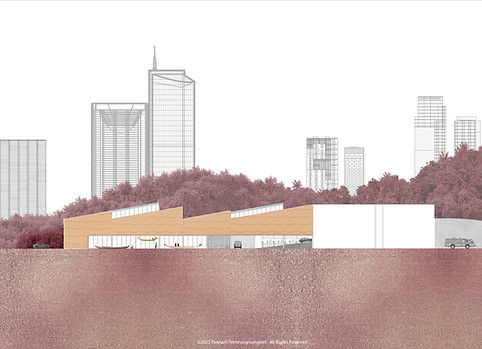


The proposed building’s exterior design takes inspiration from the iconic slanted roofs of the steel houses in Tai O Fisherman Village, which was once a vibrant Tanka community. With a focus on establishing a visual connection between the workshop and the fire station, the facade is thoughtfully designed to link them together, especially presented in the elevation facing Cotton Tree Drive. The deliberate choice of a brick facade serves as a powerful symbol, seamlessly blending with the surrounding historical structures while representing a bridge between the past and the present. The project’s primary objective is to honor the historical ties between the Tanka community and their environment. By providing a dedicated space, the building serves as a platform for the Tanka people to proudly exhibit their heritage, transmit traditional skills to future generations, and foster a strong sense of community among themselves.
